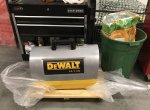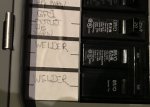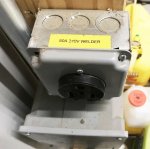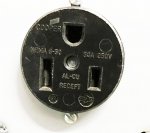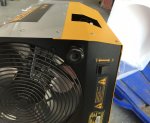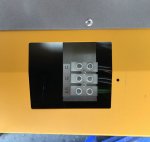In a 120/240 single phase system, the midpoint of the secondary side of the tranformer is tapped and grounded to create a neutral. From the midpoint to any line reads 120V, and from line-to-line (the full voltage) reads 240V. Imagine planting a black flag in the sand, walking 120 steps in a straight line, planting a white flag, and then walking another 120 steps in the same line to plant a red flag at the end.
In a 120/208 three phase system, the neutral is at the center of three phases from the utility. In this case, using the walking in the sand analogy: A white flag is planted in the center. You walk 120 steps away from the white flag, and plant a black flag. You return to the white flag, turn 120 degrees, and walk another 120 steps, planting a red flag. You return to the white flag, turn 120 degrees, and walk 120 steps to plant a blue flag.
Once this is done, you face the red flag from the blue flag, and count your steps as you approach it. There are 208 steps between flags.


